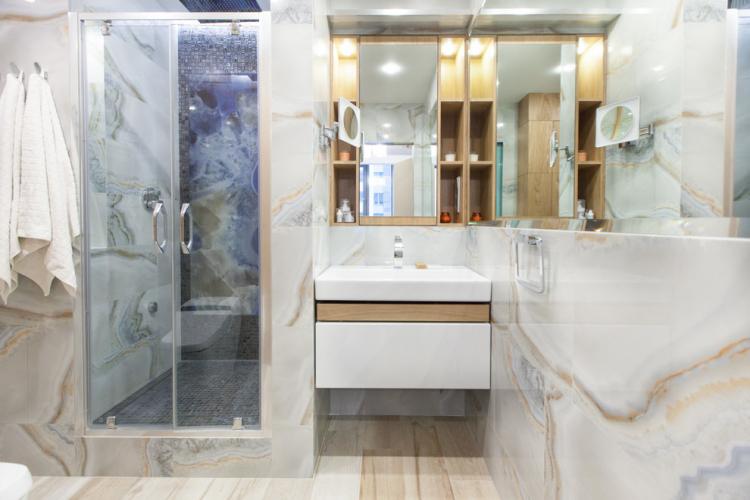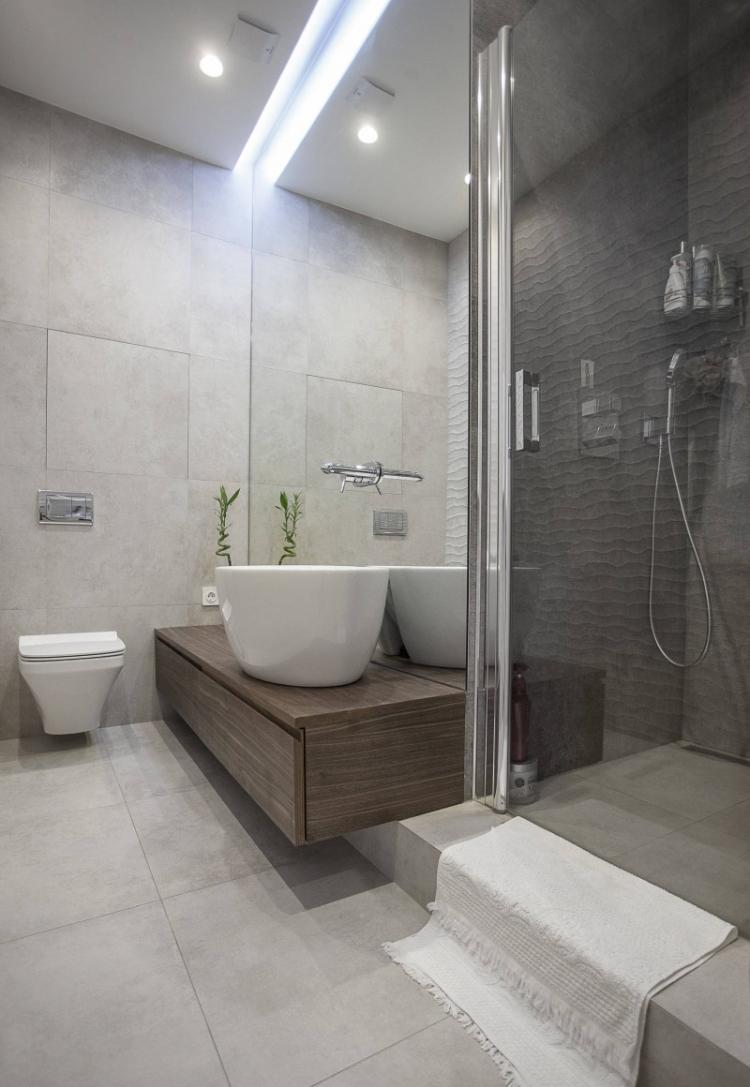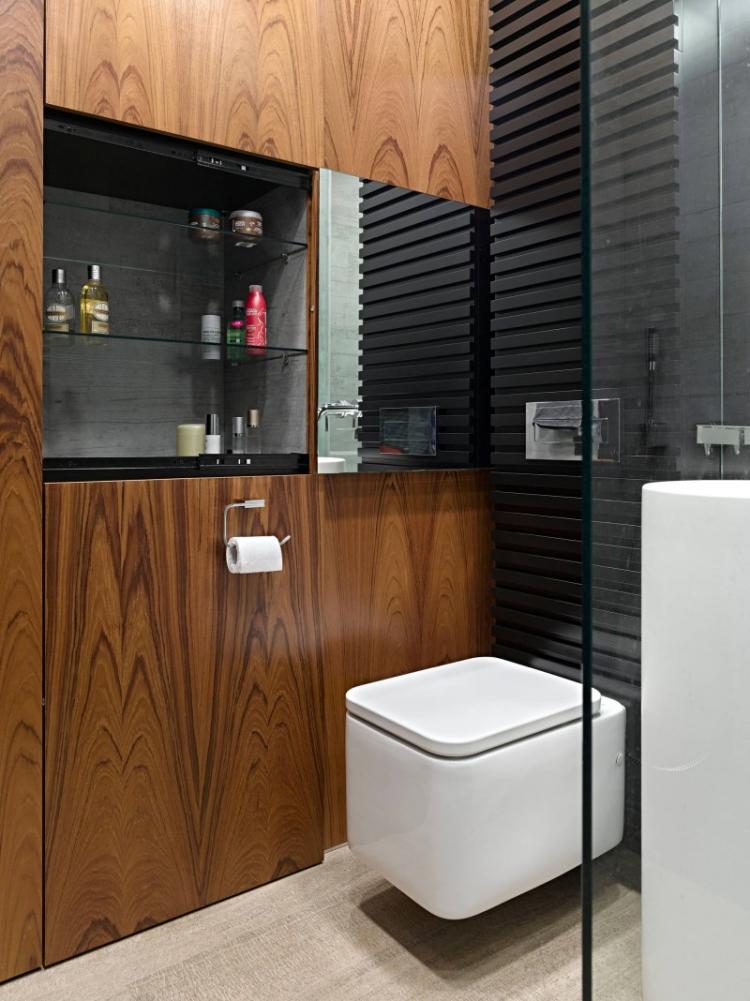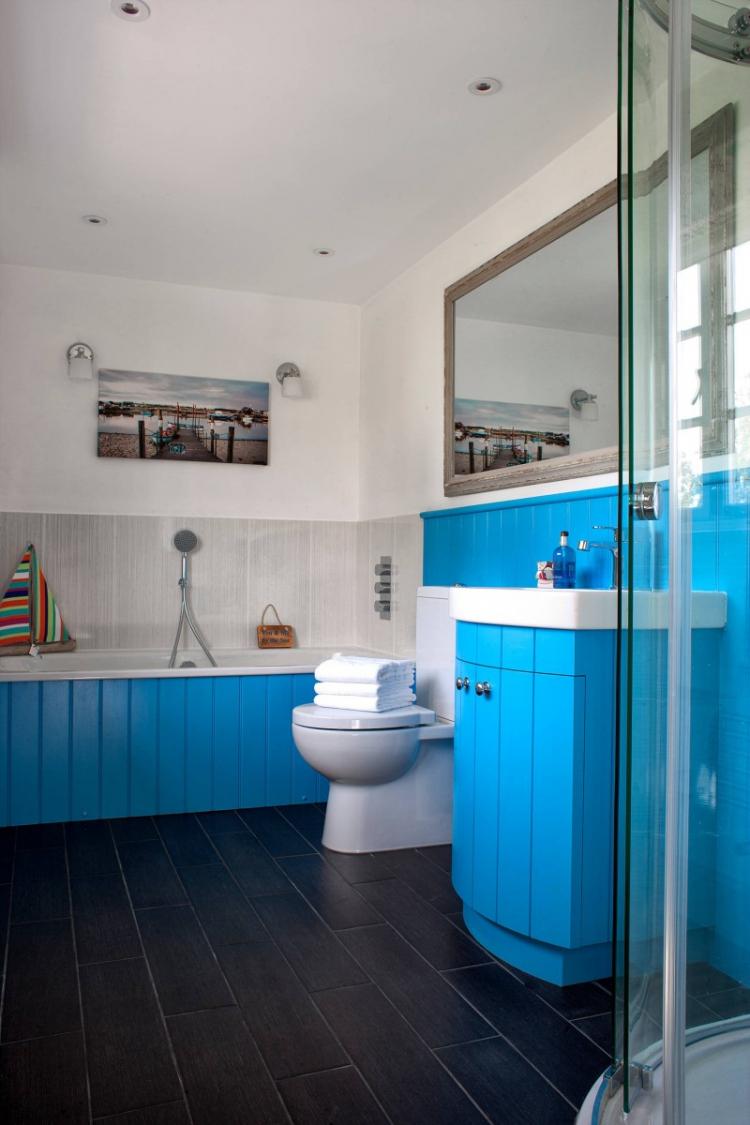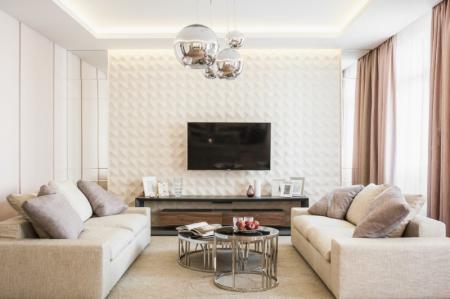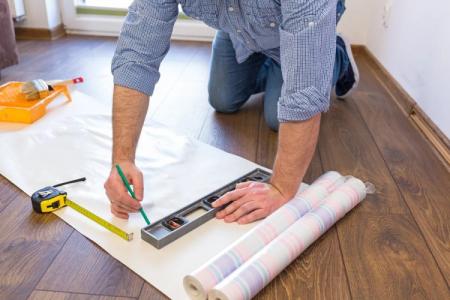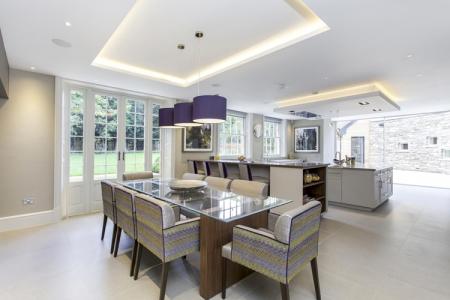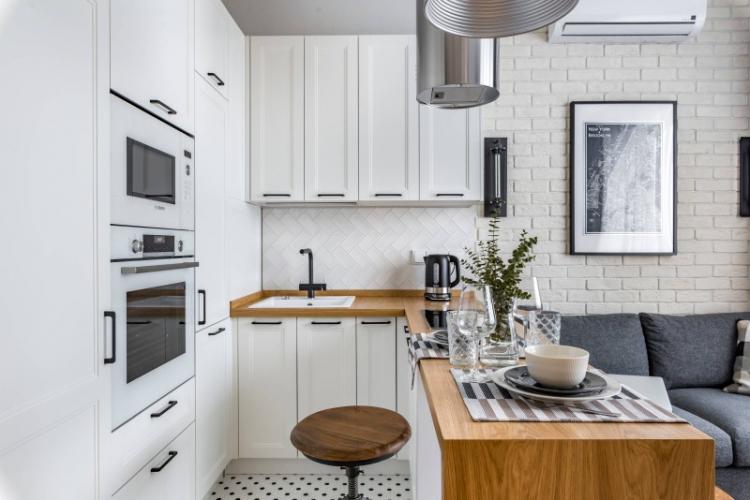
The mysterious abbreviation MDF is found in all hardware and furniture stores. Floor and wall coverings, cabinets, shelves and accessories are made of this material. It seems to be steadily supplanting chipboard and other familiar alternatives. But what is MDF and what are the advantages and features of using MDF boards?
The origin of MDF
The abbreviation MDF came to us from America, and there it stands for "Medium Density Fibreboard". Medium density fibreboard began to be produced in 1966, but they only reached us by the end of the 90s. For convenience, now MDF is also deciphered as "fine fraction" - according to the type of raw material from which the plates are made.
Waste from the woodworking industry, secondary raw materials, trimmings, shavings and other illiquid assets are used for the production of MDF. They are processed into a homogeneous fine mass, which is dried and mixed with an adhesive composition. As a binder - natural resins and paraffins, so that with an artificial origin, MDF remains a natural and environmentally friendly material.
The homogeneous mass is placed in a press, where it is under pressure at a high temperature. Paraffin provides moisture resistance of the material, and the absence of formaldehydes makes it widely used in the furniture industry and interior design.
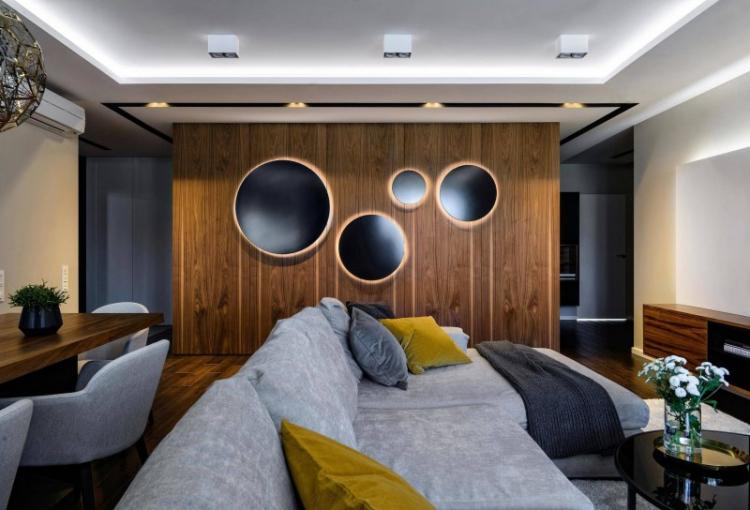
Particleboard or MDF?
The difference between chipboard and MDF is in the manufacturing technology, because chipboard is a chipboard with formaldehyde resins as a binder. The composition contains more chemical components, the fraction of raw materials is larger, and the density of the boards is lower.
Chipboard is also considered a safe material, but still loses to MDF boards in this indicator. It also loses in terms of resistance to moisture, because the chipboard swells over time. But the resistance to temperatures over 70 degrees is higher for chipboard.
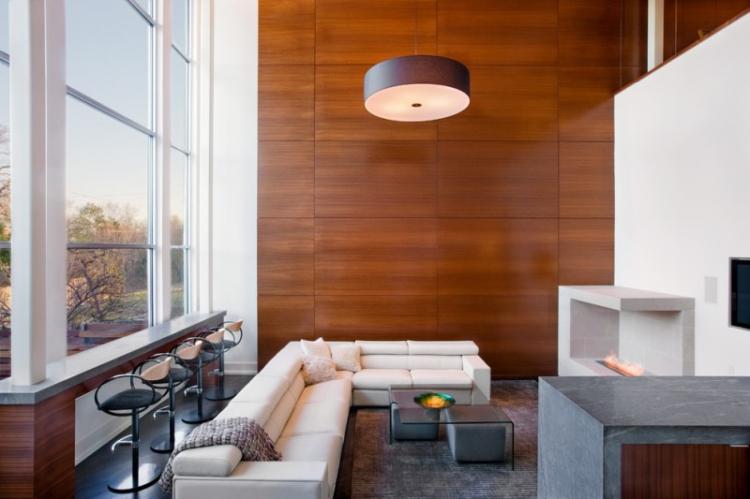
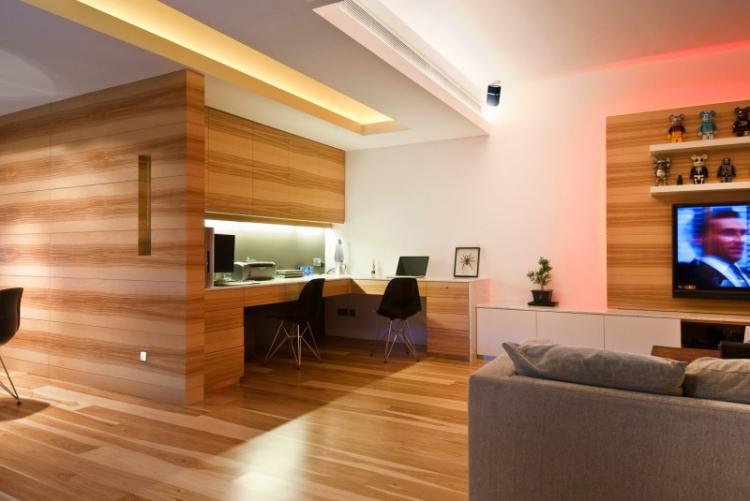
Types of MDF panels
There is no generally accepted single classification of MDF panels: they differ in the processing method and purpose. But depending on the finish, several large categories of material can be distinguished.
Laminated MDF
A thin PVC film is applied to the front side of the board, as a result of which it resembles a classic laminate. Contrary to popular belief, the surface of the film is not necessarily glossy: it can be matte or satin. The textured film easily imitates the texture of wood or even natural stone.
To prevent the PVC layer from moving away from the base, it is also glued under pressure. This gives the board additional strength, moisture resistance, resistance to ultraviolet light, detergents and other chemicals.
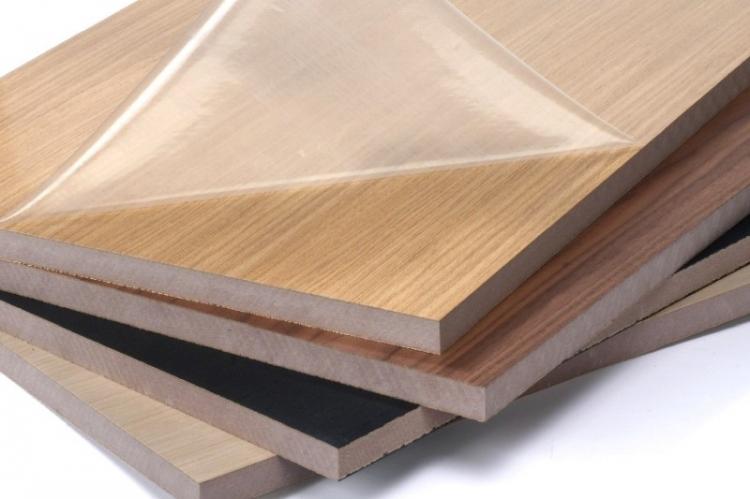
Painted MDF
For painting MDF boards, special protective paints and enamels are used, which simultaneously improve aesthetic and operational characteristics. Plastic flowable compounds are applied manually or automatically. Although finished boards are less durable than laminated boards, staining is still widely used in interiors and in furniture making.
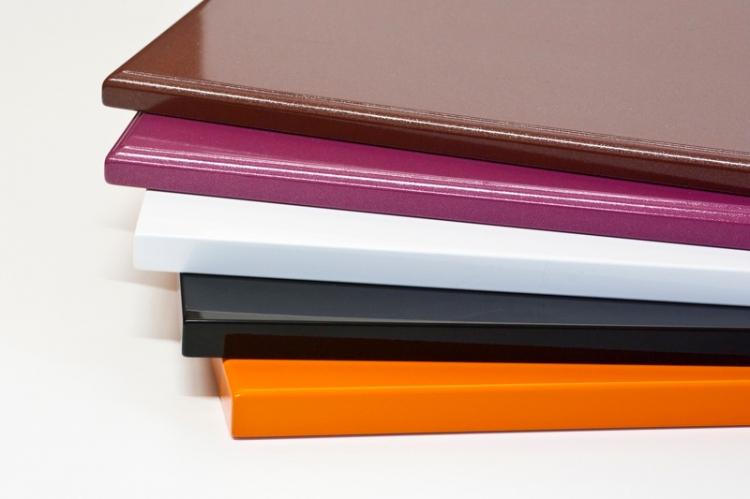
Milled MDF
Processing the pressed fabric on milling machines allows you to give the necessary texture and relief. This is especially valuable if you need an imitation of natural materials from MDF. Modern technologies make it possible to achieve such precision of execution that at first glance it will not be possible to distinguish a slab from a valuable breed.
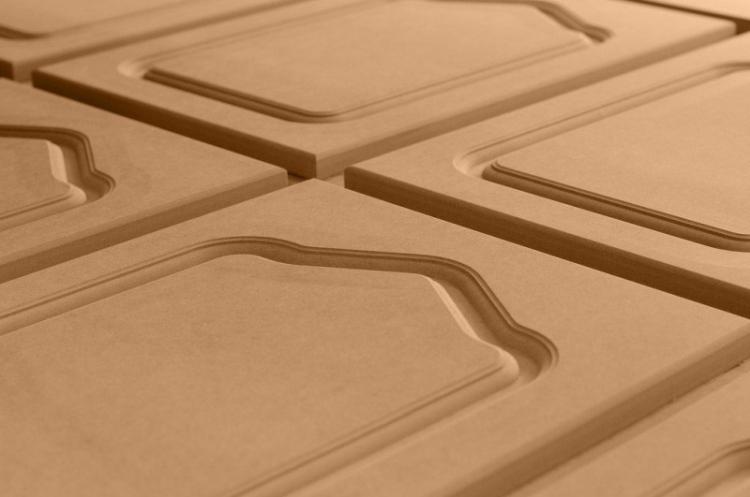
Veneered MDF
Thin veneer is glued to the base of the board, like PVC film during lamination. But unlike a polymer film, this is a thin fragment of natural valuable wood species. This is a rather expensive type of MDF boards, but it is the most presentable and noble, so it will even fit into luxurious classic interiors.
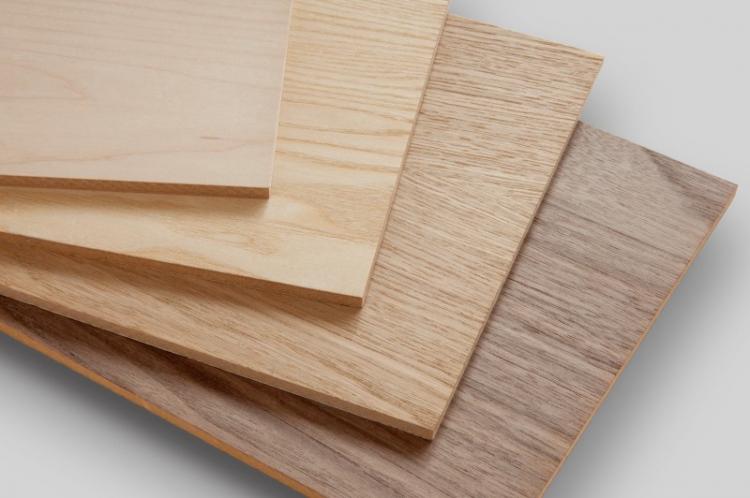
Glossy MDF
Glossy MDF furniture is very popular, and there are several technologies for its manufacture. In addition to lamination, a polyester coating or special acrylic primers are used. Acrylic is the most expensive, but the most spectacular, and the surface with it turns out to be perfectly smooth, almost mirror-like and scratch-resistant.
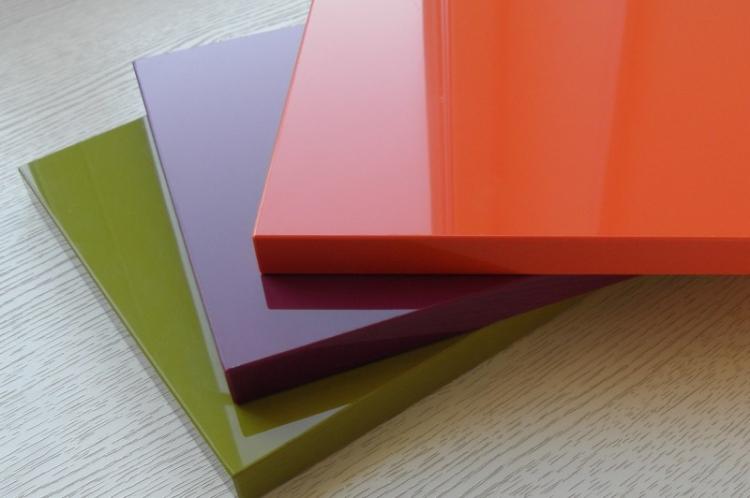
Flexible MDF
MDF is a rather flexible material, unlike other wood-based and fiber-based counterparts. The manufacturer takes care of this even at the manufacturing stage, so that the boards do not require additional processing. Flexible panels can be single-layer and immediately glued to the frame or two-layer and interconnected.
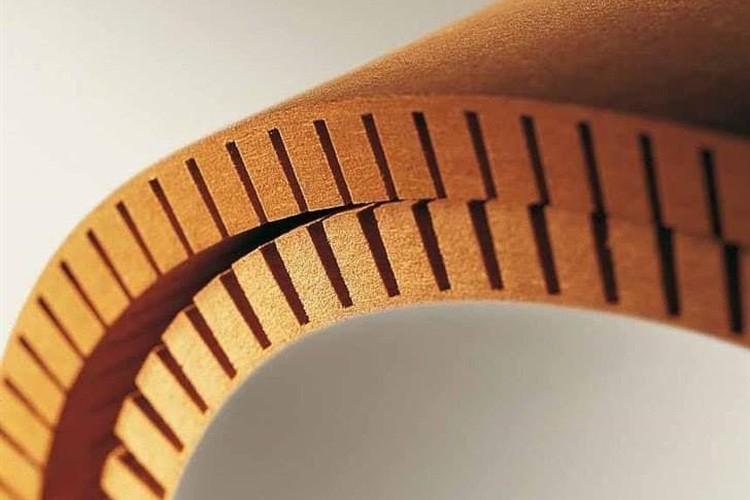
Benefits of MDF
Finely dispersed raw materials for the manufacture of MDF boards provide high density and uniformity of the structure, and hence the strength of the material. Plates hold even loaded mechanical fasteners well, so that shelves and cabinets can be hung on them.
The same fine structure guarantees a perfectly smooth surface without splinters and roughness. Therefore, MDF panels can be not only laminated, but also decorative enamels, PVC films, and plastic can be applied.
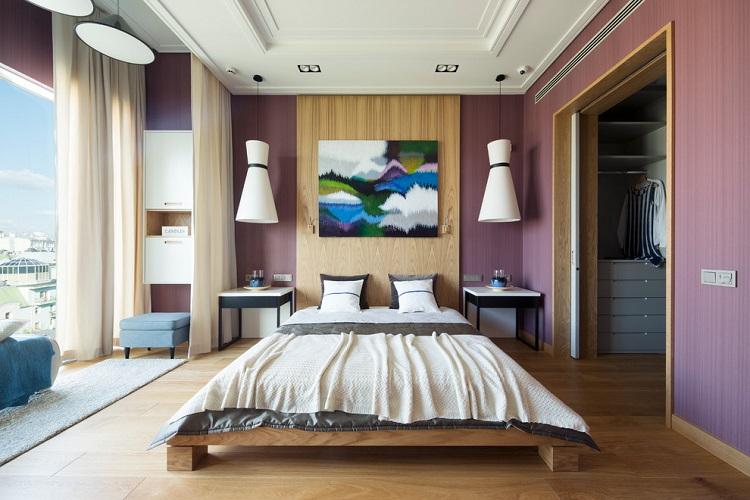
In wet rooms, MDF is not afraid of mold and mildew, but be sure to take care of the processing of all ends. From the outside, the slab is completely impervious, the main thing is to prevent moisture from getting inside through the raw edges.
MDF boards are easy to cut, sand and bend, making them suitable for delicate and delicate processing. These can be curly elements, carvings, decorative facades and even curved furniture with concave outlines.
MDF is not the cheapest alternative to wood, but slabs are still much cheaper than solid wood. In the furniture industry, cases are often made of cheap chipboard, and facades are made of decorative MDF.
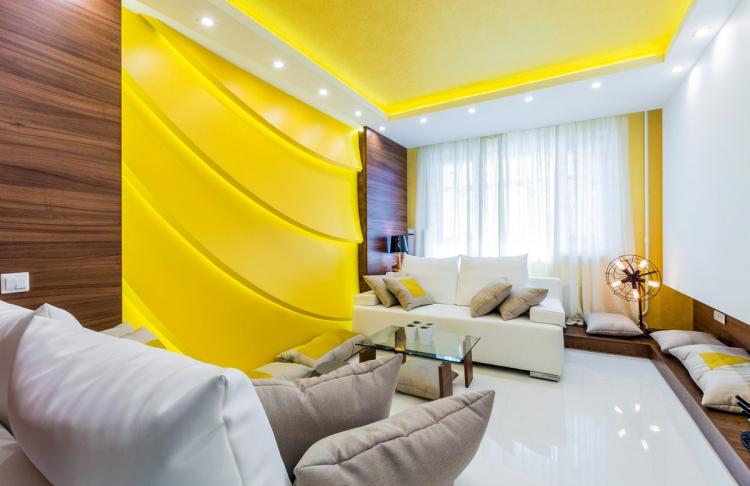
Disadvantages of MDF panels
The main weakness of the plates is their sensitivity to high temperatures. With constant overheating, the decorative coating cracks or peels off, and the surface is deformed. Be sure to take this into account if you use MDF when decorating your kitchen.
The pressed material does not tolerate shock loads, because from the fall of heavy objects or strong impacts, dents can remain on the base. Therefore, MDF boards are not suitable for flooring and require additional protection in the manufacture of kitchen countertops.
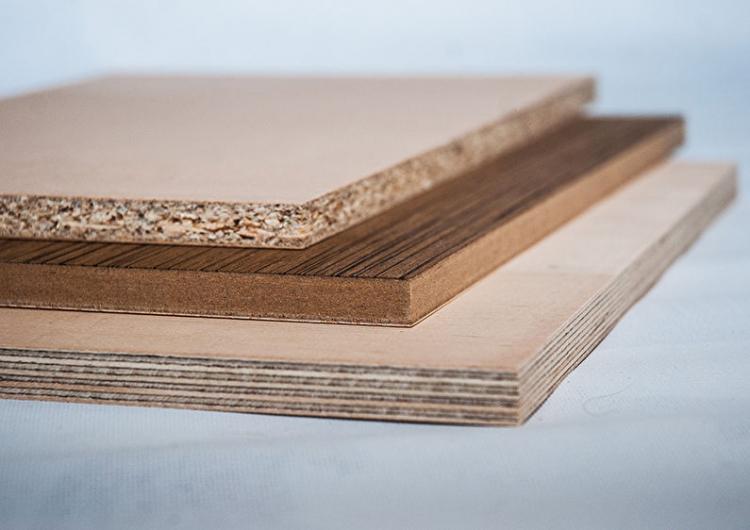
Installation and use of MDF panels
MDF panels and lining are often used for cladding walls and ceilings, but you need to choose the right installation method. The most versatile solution is a wooden or metal crate, which at the same time will hide all defects of the base and communication. This option is suitable for walls made of any material - it is enough to choose the right fasteners.
Tongue and flat-faced panels can be laid exactly butt-to-end. If you want to slab the entire wall, this is an option for you. But more often MDF is combined with other finishing materials, and the ends are closed with decorative sills and baseboards.
MDF panels with high-quality coating do not need difficult maintenance, do not fade or deform. Remove any contamination with a regular damp cloth without chemicals. The main thing is not to use abrasive materials, not to abuse the amount of water and not to use too aggressive household chemicals.
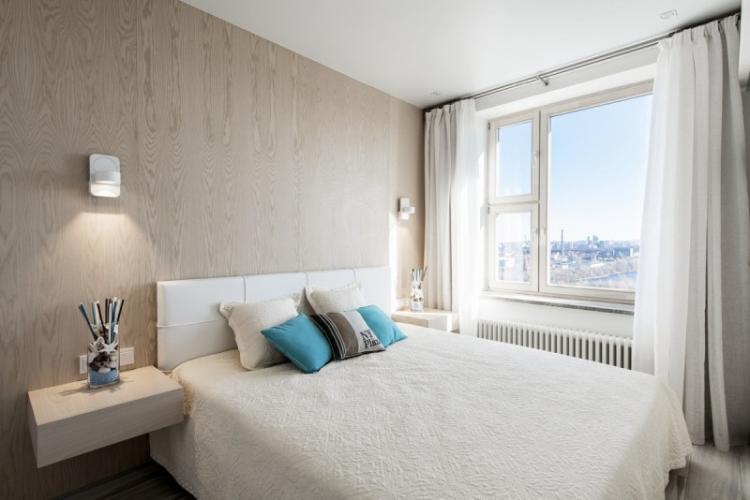
MDF furniture
Cabinet furniture, countertops, shelves and decor are made of moisture-resistant MDF panels. This is a good and budget option for a headset in the kitchen or bathroom. Just keep in mind that even MDF-treated plates should not be placed close to heating devices. Use protective metal or glass covers.
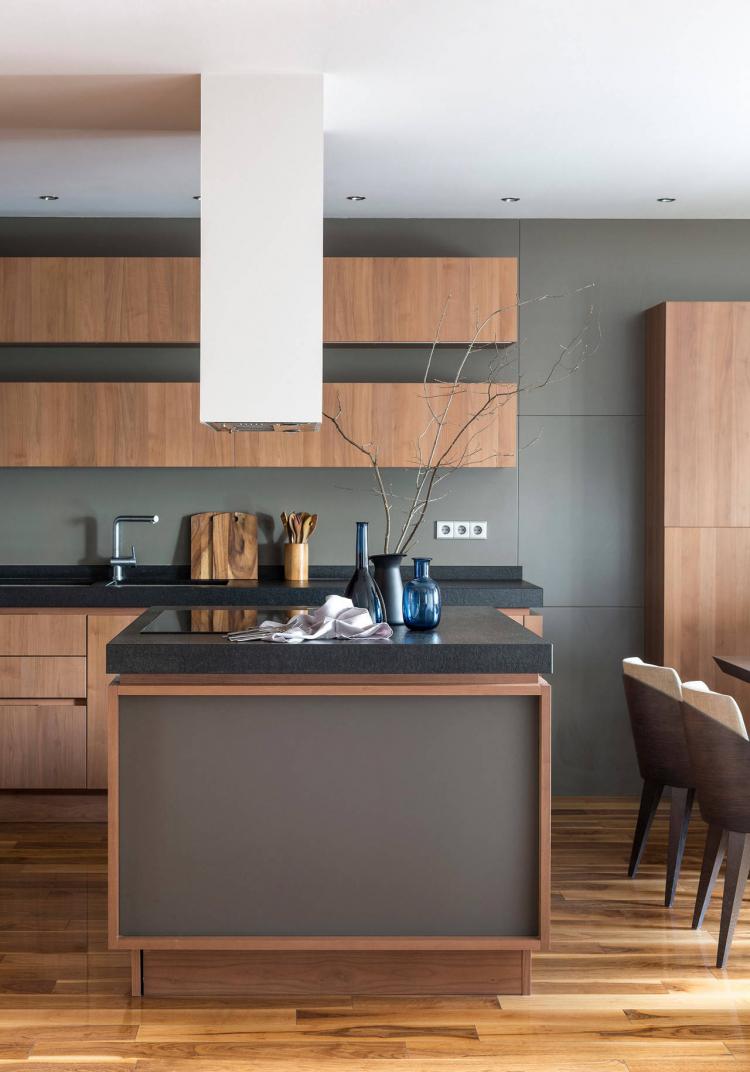
MDF panels in the interior - photo
With the advent of new types of MDF panels, they began to be used not only for the manufacture of furniture, but also for decoration. Decorative wall cladding allows you to create an interesting accent in a modern or classic interior.Just keep in mind that the material is sensitive to mechanical damage and external conditions, so this is not the best option for a nursery or a balcony.
MDF panels in the hallway
Most often, there is not enough space and light in the hallway, so choose a light neutral finish. MDF panels look stylish, but at the same time they are completely unpretentious in maintenance. For years, the walls do not look worn or overloaded, and they are very easy to maintain.
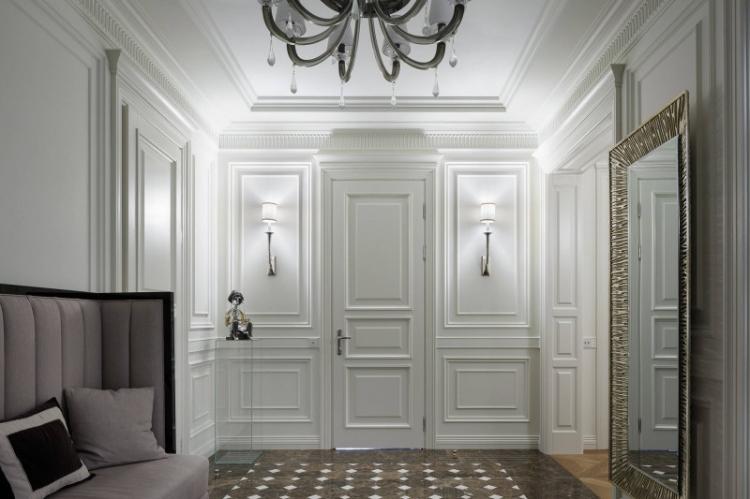
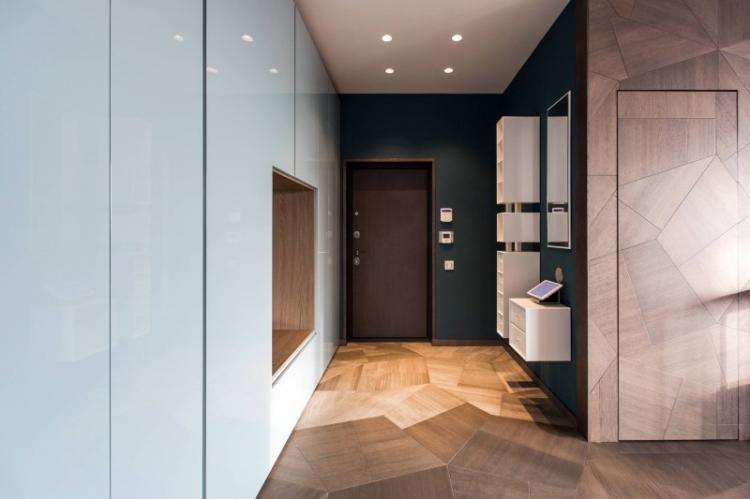
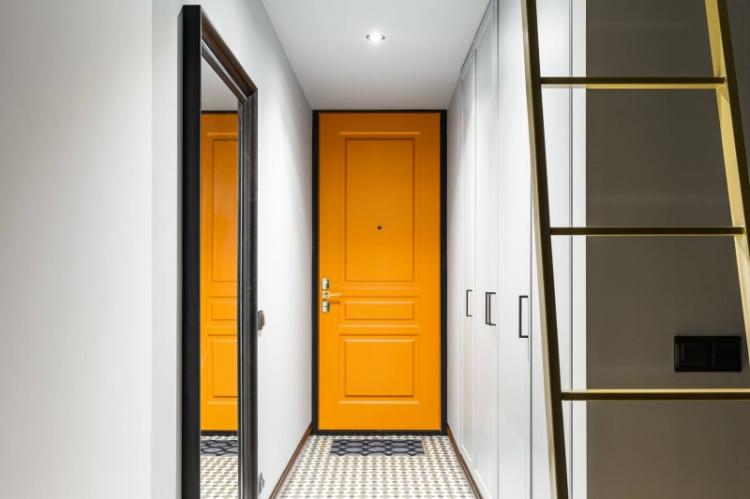
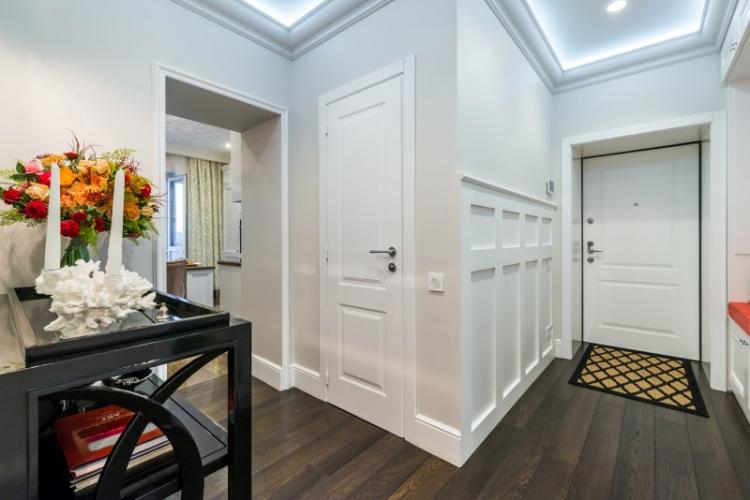
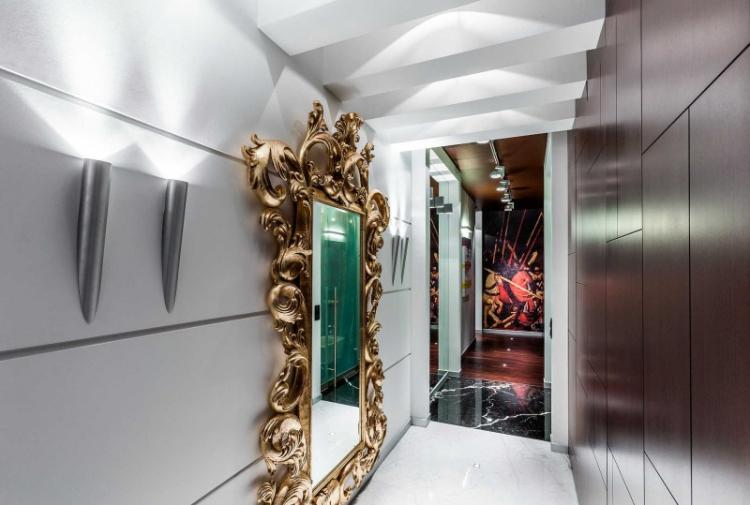
MDF panels in the living room
An accent wall or corner in a living room is a common technique to mark a recreation or work area. MDF is a comparatively inexpensive and practical material that will certainly cost less than natural wood cladding. And in a private house or in the country, you can sheathe all the walls with panels - and you will get a unique atmosphere of warmth and comfort.
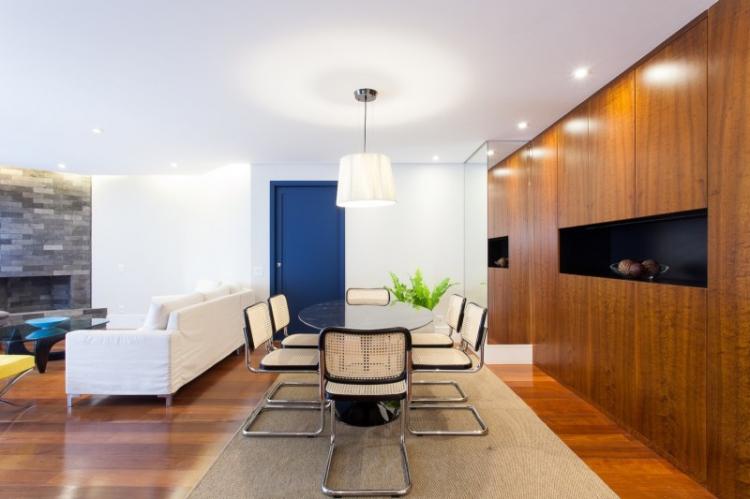
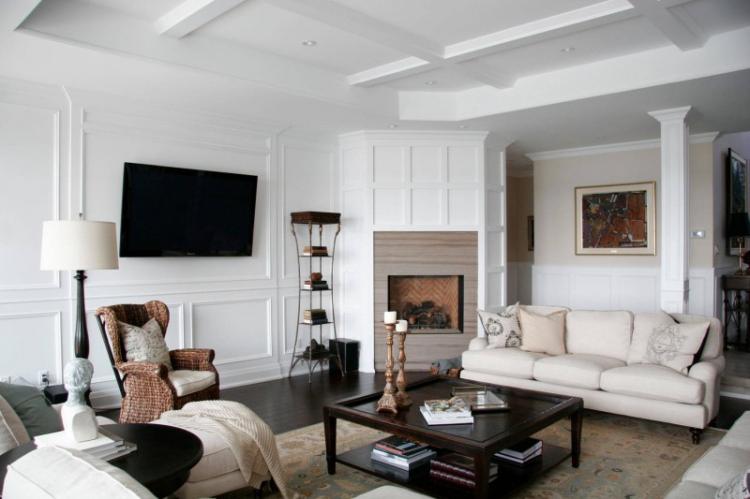
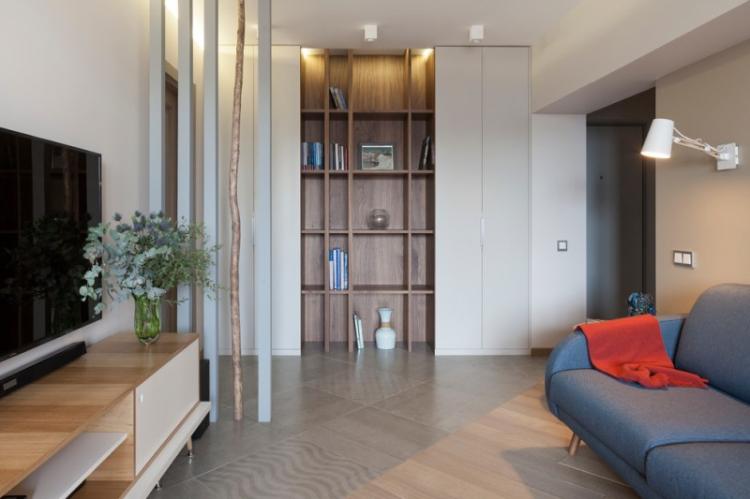
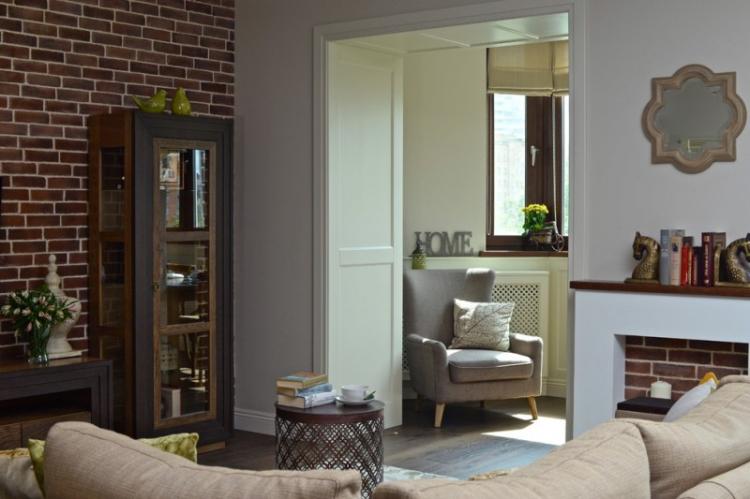
MDF panels in the kitchen
The kitchen is simplicity, practicality and functionality, therefore, the decoration should be as convenient and unpretentious as possible. Use MDF for wall cladding or an apron over the work area. An important plus of such material is that it is easy to attach cabinets, hooks, accessories and decor to it.
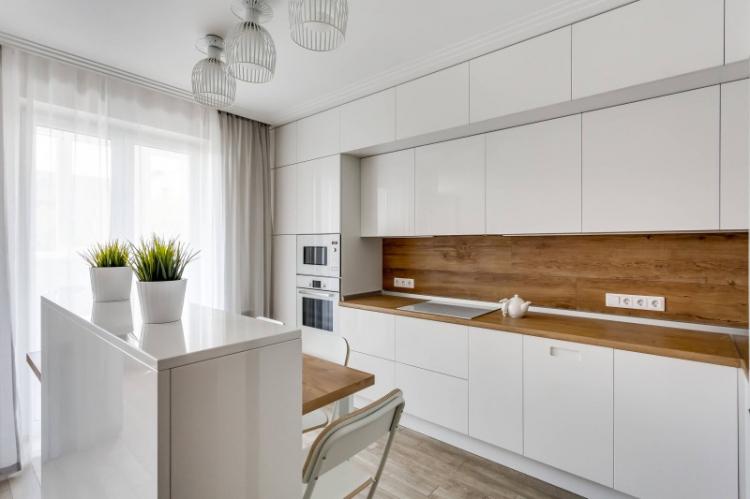
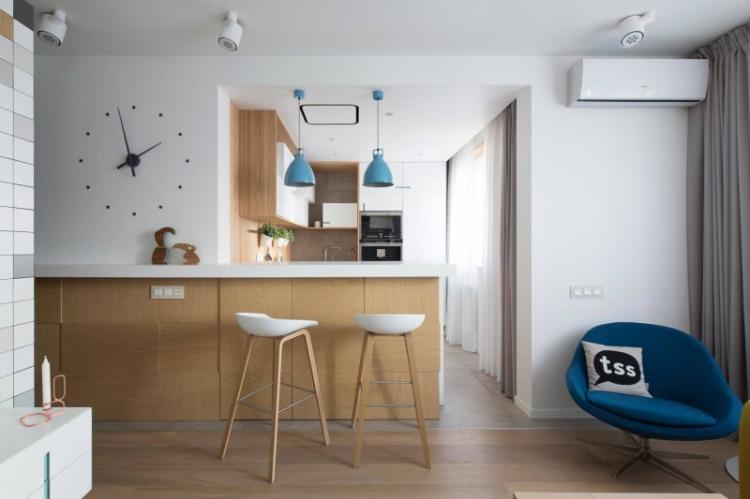
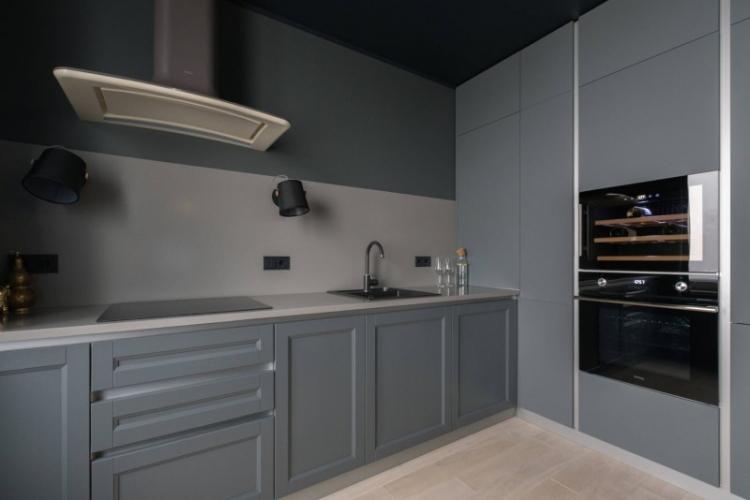
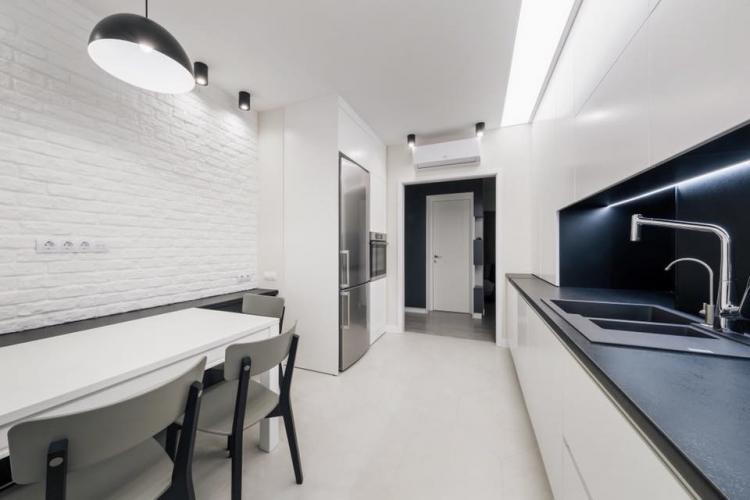
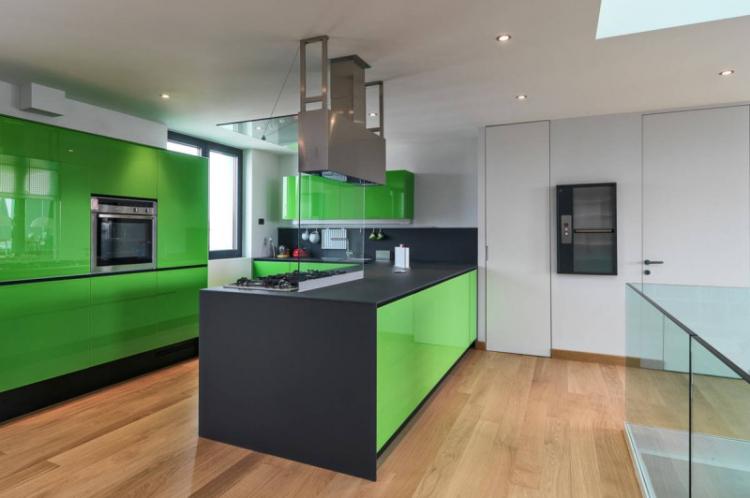
MDF panels in the bedroom
When decorating a bedroom, environmental friendliness, safety and hygiene come to the fore. Breathable and unpretentious MDF panels cope with these tasks.
Pressed texture or light laminated effect, different shades and textures - all this will harmoniously complement the interior. Paneled the wall behind the bed, combine them with wallpaper or paint, or even cover all the walls completely - and the bedroom will sparkle with new colors.
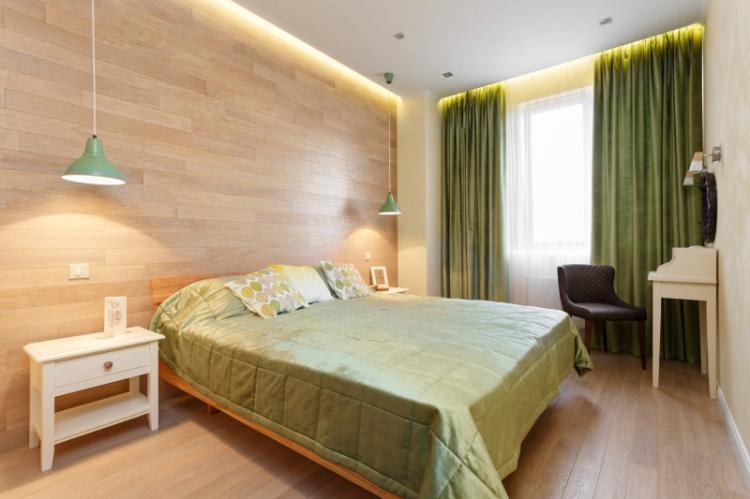
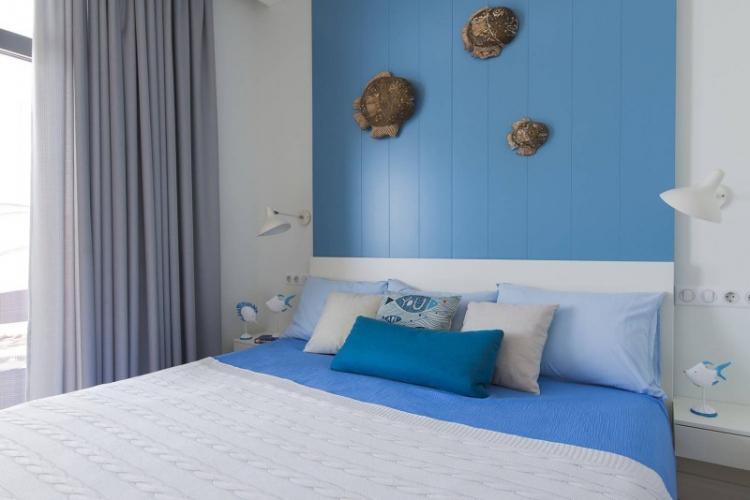
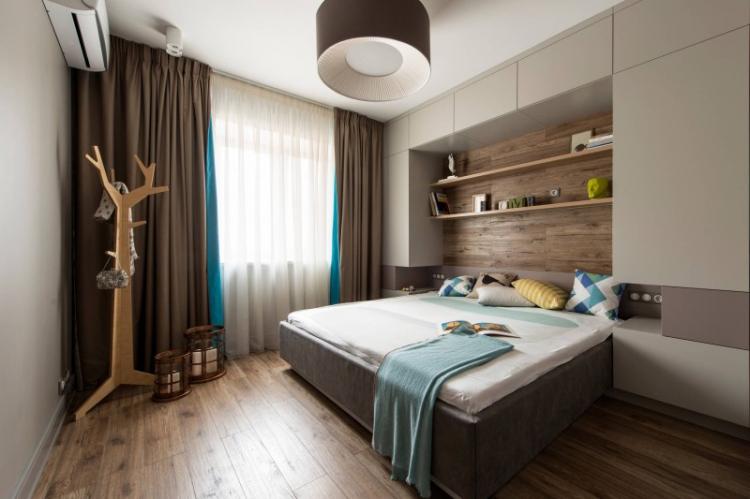
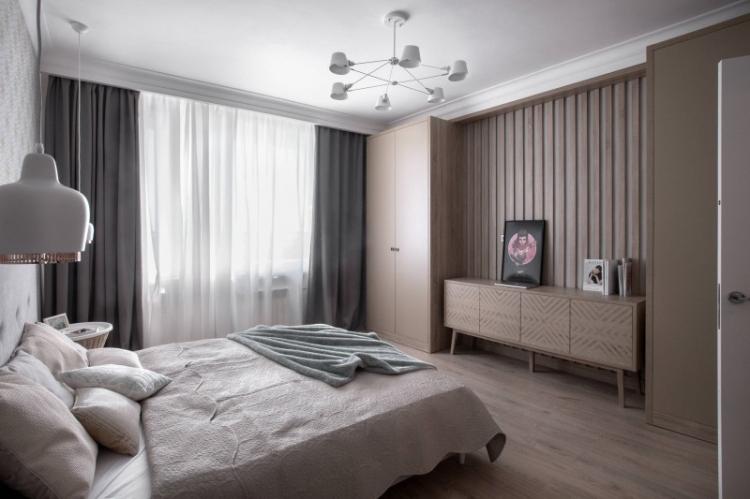
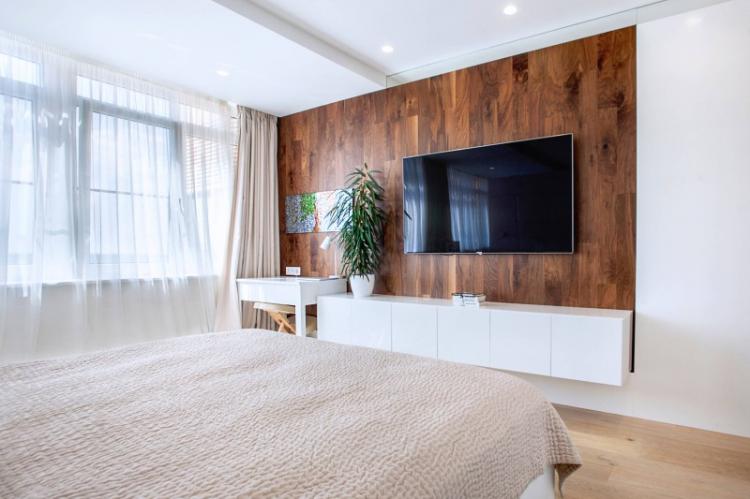
MDF panels in the bathroom
Traditionally, tiles are used in bathrooms, but modern trends allow us to confidently go beyond. Natural wood will quickly deteriorate in a damp bathroom with constant temperature fluctuations. But unpretentious and inexpensive MDF panels look no worse, and will last longer.

